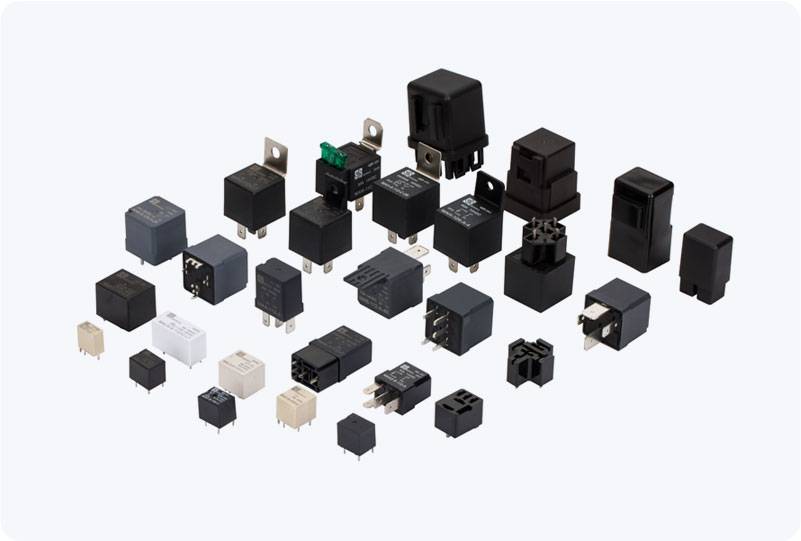Solid State Relay (SSR) technology has revolutionized the way electrical circuits are controlled. Unlike traditional mechanical relays that use physical contacts to open or close circuits, SSRs use electronic components to perform the same function, offering a host of benefits in terms of reliability, speed, and efficiency. In this article, we will delve into what Solid State Relays are, how they work, and why they are becoming increasingly popular in modern industrial and residential applications.

What is a Solid State Relay (SSR)? A Solid State Relay (SSR) is an electronic switching device that allows a circuit to be opened or closed without any moving parts. Instead of relying on mechanical contacts, SSRs use semiconductors such as triacs, thyristors, or MOSFETs (Metal Oxide Semiconductor Field Effect Transistors) to switch the circuit on or off. The primary advantage of this design is that it eliminates the mechanical wear and tear typically associated with conventional relays, leading to a longer lifespan and more reliable performance. How Do Solid State Relays Work? The operation of a Solid State Relay can be broken down into two key components: the input section and the output section.